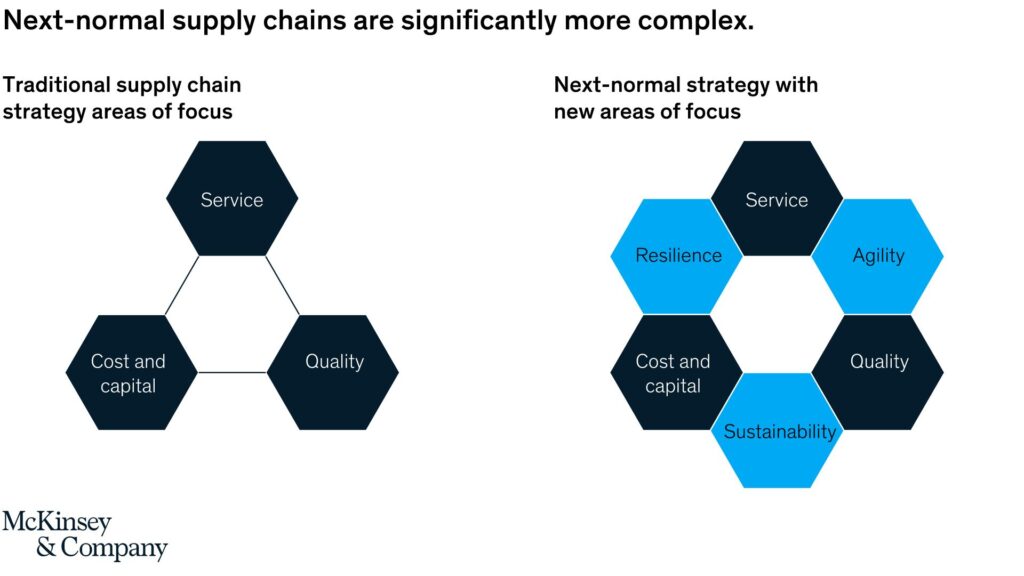You are the manager of a firm’s large global supply chain. The philosophy that guides your network planning decision-making is to minimize total landed costs subject to meeting defined customer service goals. In recent years, especially since the onset of COVID-19 and the supply chain vulnerabilities exposed and unleashed by this pandemic, you have struggled to find the right balance between minimizing costs and minimizing risks. In particular, how do you quantify the costs of different risk mitigation strategies such as using additional suppliers in disparate geographies, maintaining extra plants and/or capacity, and other similar strategies? How can you view these decisions from a holistic perspective?
In this article, we offer an illustration of a technique to develop a quantitative perspective on the cost of risk management strategies. This quantitative approach can be coupled with other more qualitative factors to facilitate the development of a well-informed supply chain risk management decision-making process and strategy.
We begin with a brief review of the types of risk that firms must assess in creating their risk management strategy. This review provides background context for the methodology we will introduce. Further, recognizing that we cannot explore in detail the topic of risk management strategies in this short article, we also provide additional references at the end of this article for readers interested in exploring this topic in depth. After our brief review of risk types and strategies, we then present our risk management quantitative methodology using a manufacturing network design strategy example for illustrative purposes.
Risks in Developing a Supply Chain Risk Management Strategy
When constructing a supply chain risk management strategy, a firm can assure that it undertakes a holistic view of all potential threats by first evaluating general categories of risk, and then considering specific individual risks. Why take this two-step approach? The danger of immediately focusing on a few specific known risks to a firm before first performing a broad review across all risk types is that immediately diving into specifics may cause some less obvious but important risks to be overlooked. Hence the need for a two-step approach.
Quantitative Methodology for Supply Chain Risk Management Assessment
To illustrate our methodology for quantifying the cost of a supply chain risk management strategy, let’s assume that a firm is developing its global manufacturing and distribution network strategy for the next three to five years. In this example, we will focus on plant locations and capacity plans, and note that a similar process would occur for distribution network locations. For illustrative purposes, we narrow our example to evaluations of supply, operational and natural risks only.
Conclusion
The relative importance of supply chain risk management was increasing rapidly in practice prior to the coronavirus pandemic, and it has grown exponentially since the onset of COVID-19. Making well-informed decisions on the appropriate level of risk mitigation actions to invest in represents a difficult challenge for a firm and its supply chain professionals. Good decision-making requires a careful balancing of both qualitative and quantitative factors.
Read more at A Methodology to Quantify the Cost of Supply Chain Risk Management Strategies
Leave your comments before and subscribe to us for further updates.


























